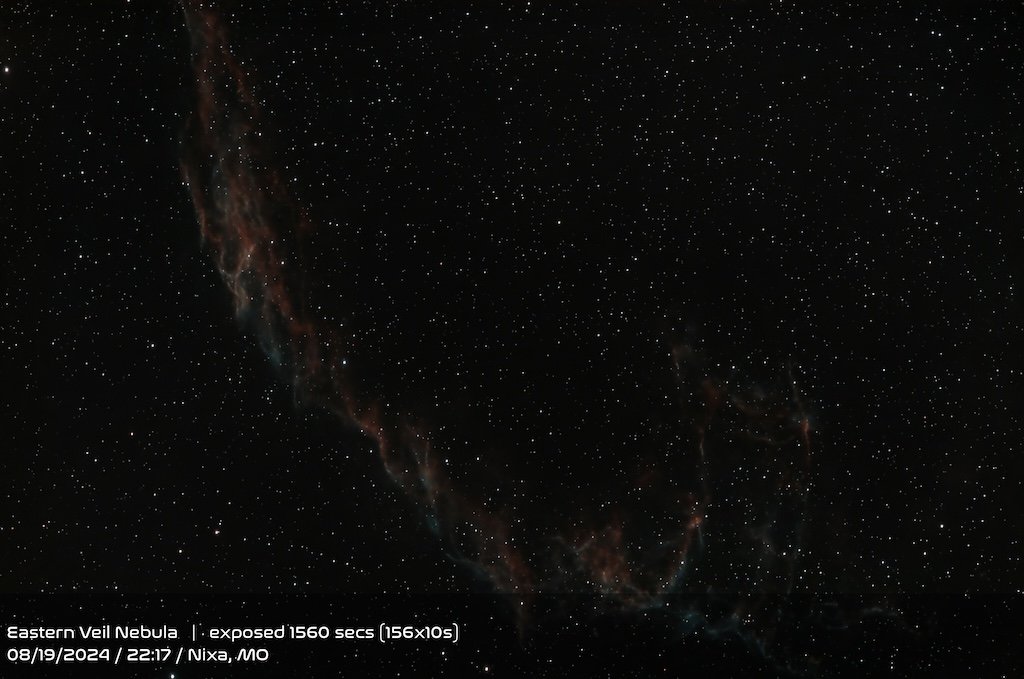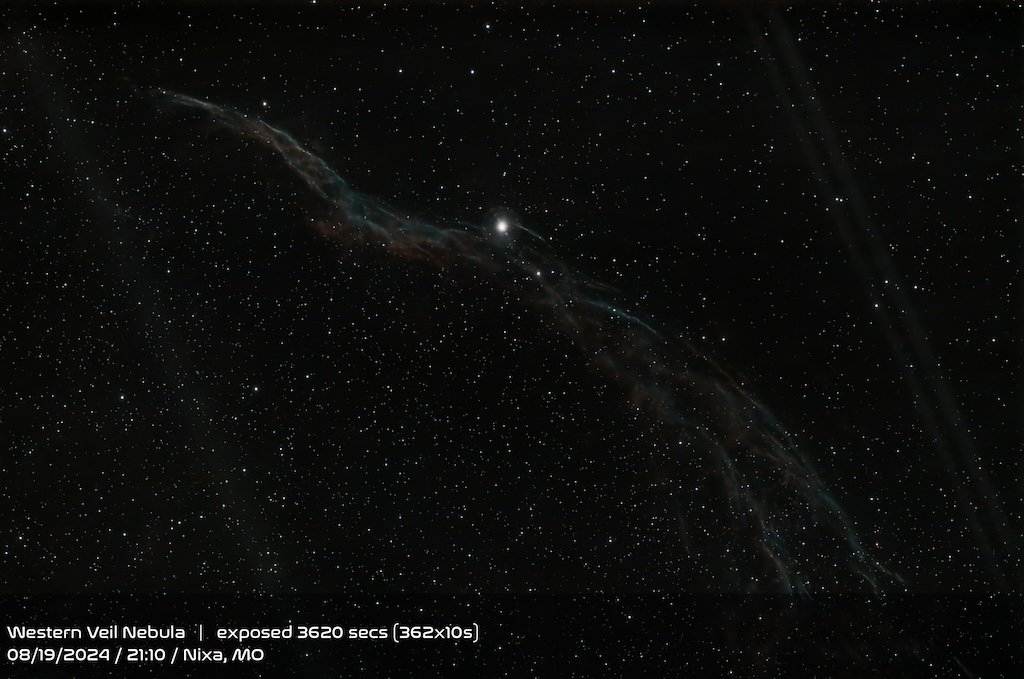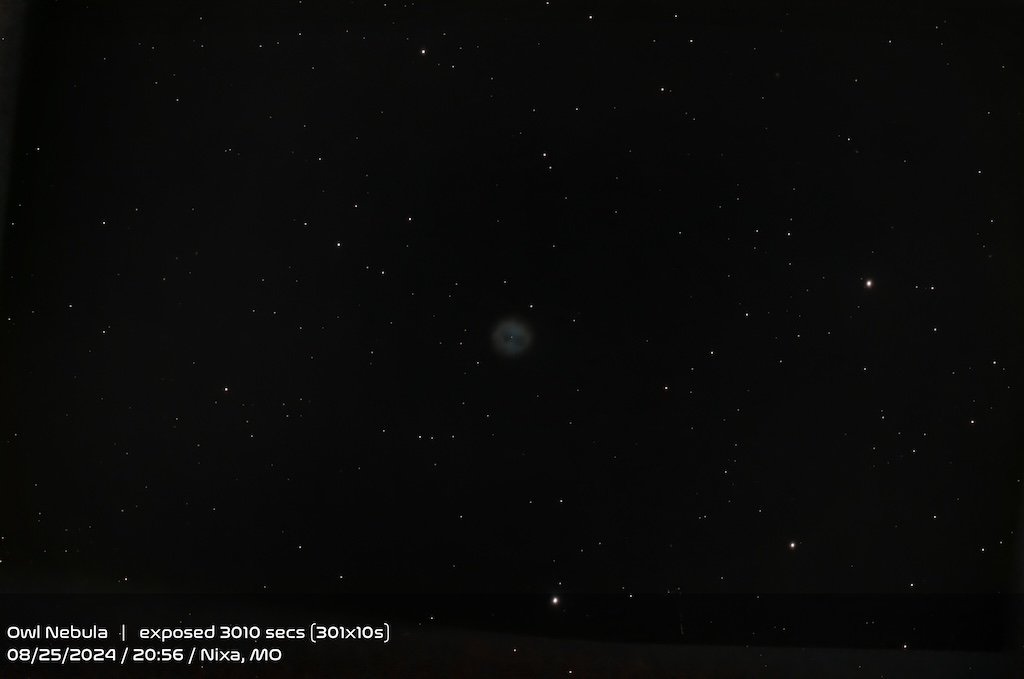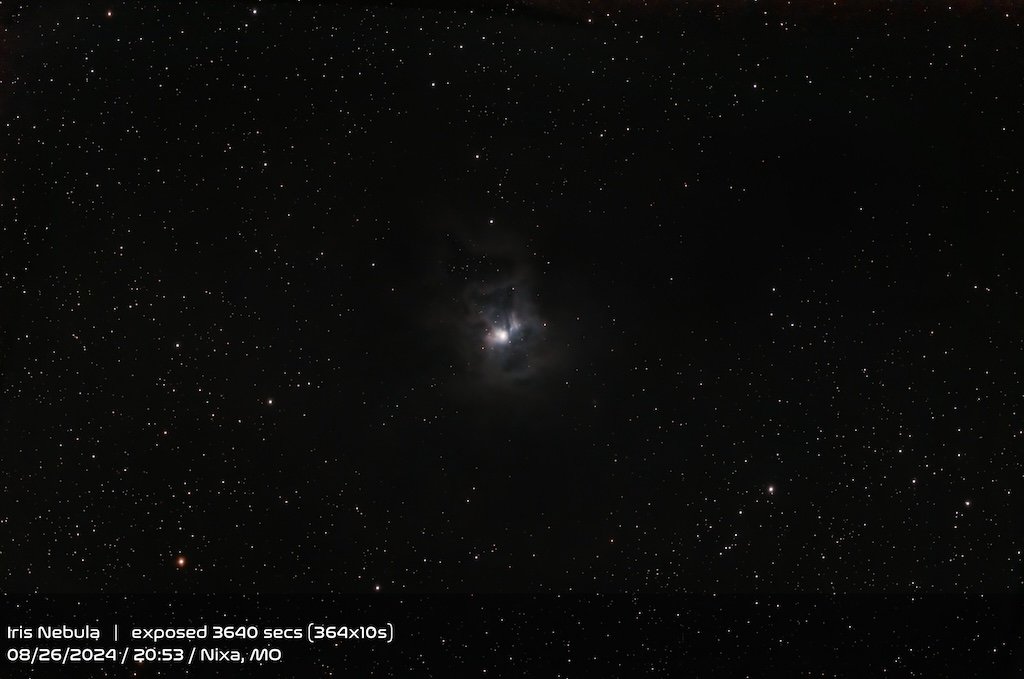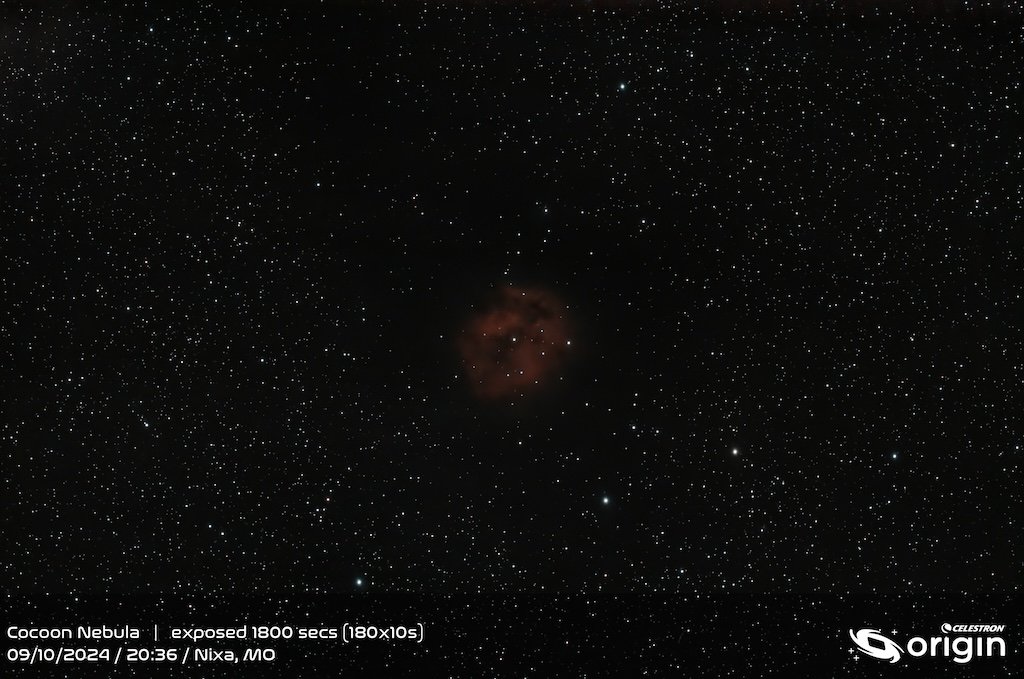Identifying Woody Plants (Month 1)
/The Identifying Woody Plants field class I am taking at Missouri State University has met 5 times. There have been two off-campus field trips that I’ve posted about previously: Springfield Botanical Gardens and Lovett Pinetum. The other sessions have included walks around the MSU campus identifying trees. Just as in the off-campus field trips, I’ve tried to get good pictures of the trees so that I can include them in my PowerPoint based ‘flashcards’ to help me learn all the woody plants presented in the class (even though I am not taking the class for credit).
In the first class, I tried using my cell phone…juggling it with my small notebook for note taking. It did not work so well; I only got reasonable pictures for three of the trees we encountered.
Black gum – Nyssaceae – Nyssa sylvatica
Buckeye – Sapindaceae – Aesculus
For the next campus walk – I used my small point-and-shoot camera and managed more pictures. I had front pockets for both the small notebook and the camera. It was a very hot/sunny day; I wore my fingerless gloves to keep my small notebook dry. I did not feel well during the later parts of the walk even though I was drinking plenty of water.
American Sycamore – Platanaceae – Platanus occidentalis
Yew – Taxaceae - Taxus
Flowering dogwood – Cornaceae – Cornus florida
Bald cypress – Cupressaceae – Taxodium distichum
Shortleaf pine – Pinaceae – Pinus echinata
American basswood – Malvaceae – Tilia americana
The third walk around campus was easier; I had my system for juggling the notebook and camera…and it wasn’t quite as hot. I also wore my hiking boots, so my feet did not hurt like they did on one previous campus walk. I am still not managing to photograph everything during the walk; for the ones I miss (i.e. not listed in this post) I glean photos from the class charts and/or web searches to populate my study Powerpoint.
Red Maple – Sapindaceae – Acer rubrum
Burning bush – Celastraceae – Euonymous alatus
Northern red oak – Fagaceae – Quercus rubra
Northern catalpa – Bignoniaceae – Catalpa speciosa
Yellow poplar – Magnoliaceae – Liriodendron tulipifera
True cedar – Pinaceae - Cedrus
Siberian elm – Ulmaceae – Ulmus pumila
Sweet gum – Altingaceae – Liquidambar styraciflua
Pin oak – Fagaceae – Quercus palustris
Honeylocust – Fabaceae – Gleditsia triacanthos
There is some memorization involved…but I am beginning to find that I remember the scientific names as well as the common names as I continue to study…adding new woody plants to the list each week. The class is living up to my expectations in helping me expand my identification skill of woody plants of Missouri.
Previous posts about my experiences in the Identifying Woody Plants class at Missouri State University



































